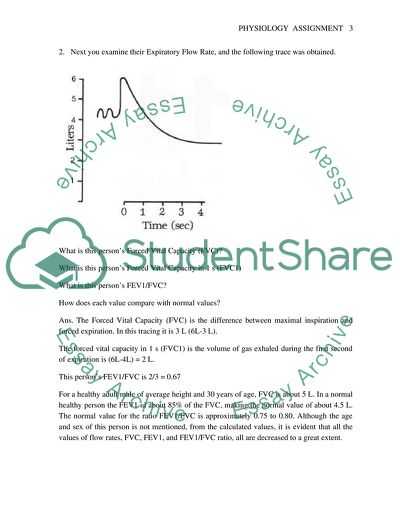Cite this document
(Respiratory, Endocrine, and Cardiovascular Systems Assignment, n.d.)
Respiratory, Endocrine, and Cardiovascular Systems Assignment. Retrieved from https://studentshare.org/health-sciences-medicine/1717232-human-physiology
Respiratory, Endocrine, and Cardiovascular Systems Assignment. Retrieved from https://studentshare.org/health-sciences-medicine/1717232-human-physiology
(Respiratory, Endocrine, and Cardiovascular Systems Assignment)
Respiratory, Endocrine, and Cardiovascular Systems Assignment. https://studentshare.org/health-sciences-medicine/1717232-human-physiology.
Respiratory, Endocrine, and Cardiovascular Systems Assignment. https://studentshare.org/health-sciences-medicine/1717232-human-physiology.
“Respiratory, Endocrine, and Cardiovascular Systems Assignment”. https://studentshare.org/health-sciences-medicine/1717232-human-physiology.


